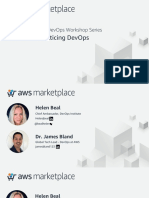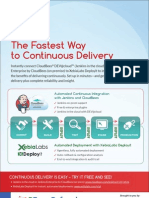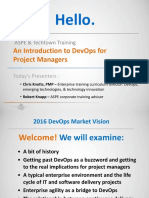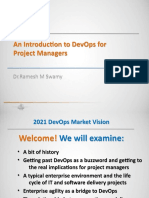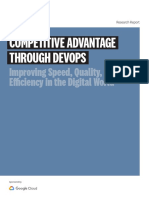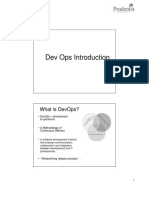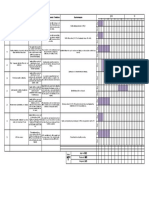0% found this document useful (0 votes)
92 views29 pagesImprove Your Deployment Pipeline
This document discusses how to map and improve a deployment pipeline. It recommends starting with a small, independently deployable component and introducing improvements iteratively. Key steps include selecting components that allow for loose coupling and continuous testing, reinvesting time savings from improvements into further changes, and measuring metrics to demonstrate benefits. The goal is to establish continuous delivery practices and increase the safety and frequency of deployments over time.
Uploaded by
Josue OuattaraCopyright
© © All Rights Reserved
We take content rights seriously. If you suspect this is your content, claim it here.
Available Formats
Download as PDF, TXT or read online on Scribd
0% found this document useful (0 votes)
92 views29 pagesImprove Your Deployment Pipeline
This document discusses how to map and improve a deployment pipeline. It recommends starting with a small, independently deployable component and introducing improvements iteratively. Key steps include selecting components that allow for loose coupling and continuous testing, reinvesting time savings from improvements into further changes, and measuring metrics to demonstrate benefits. The goal is to establish continuous delivery practices and increase the safety and frequency of deployments over time.
Uploaded by
Josue OuattaraCopyright
© © All Rights Reserved
We take content rights seriously. If you suspect this is your content, claim it here.
Available Formats
Download as PDF, TXT or read online on Scribd
/ 29













